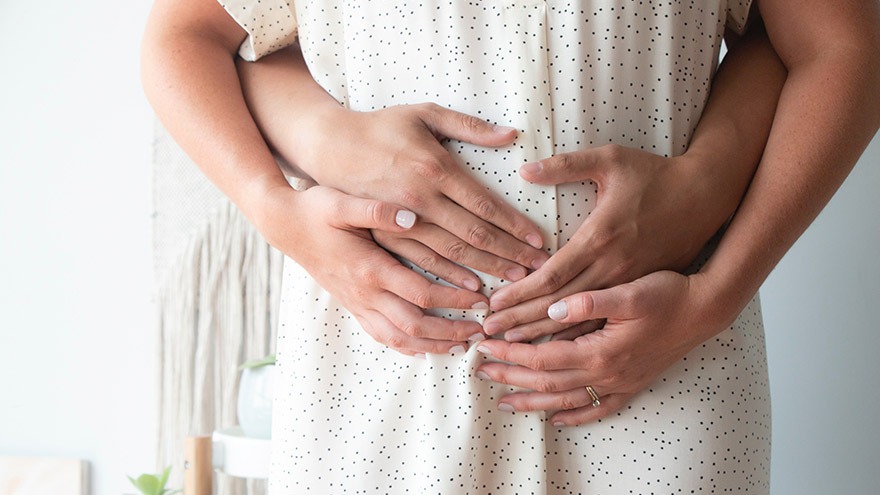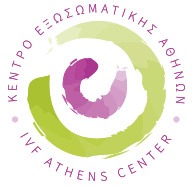
13 Σεπ Can donor egg recipients ‘pass on DNA’ to their children?
The idea that environmental conditions in the womb may have long-lasting effects on development and future health is well-established. We have known for some time, for example, that low birthweight is linked to an increased risk of type 2 diabetes and heart disease in adulthood. The search for biological culprits that might underpin this and similar observations is a highly active area of research, a field known as DOHaD (developmental origins of health and disease). One promising line of enquiry is epigenetics, the study of enduring changes in gene activity. Through epigenetic alterations, the activity levels of some genes may be turned up – or down – in response to external cues present in our environment. This includes our first environment, the womb.
How early on in development might such changes occur? A recent study suggests that embryonic gene activity may be altered by factors present in the womb even before implantation. This finding triggered a somewhat misleading newspaper article entitled ‘Infertile mums «pass on DNA»‘, which claimed the research means recipients of donor eggs are passing on their own DNA to their child. This isn’t the case. But the scientists did discover a way in which women who conceive using donor eggs may affect the activity of their child’s genes, from the earliest stages of pregnancy onwards.
The research team, based in Spain and the USA, studied molecules called microRNAs (1). As the name suggests, microRNAs are short sections of RNA, a chemical relative of DNA. Their job is to fine-tune the activity levels of genes during development and throughout life. As such, they are key part of the epigenetic machinery. MicroRNAs, like proteins, are themselves the products of genes – there are over 2500 known human microRNA genes. Each microRNA is predicted to have hundreds to thousands of different target genes, enabling them to influence complex networks of gene activity in processes ranging from growth and development to immunity.
The researchers first identified a set of microRNAs present in the nurturing fluid produced by the womb lining, specifically during the crucial ‘window of implantation’ – the time when the womb is most receptive to an embryo. They then focused on one particular microRNA, called hsa-miR-30d, which they studied further in mice. They found that after it is released by the womb lining, it is taken up into the embryo before implantation. The team then showed that the activity of several genes was ‘turned up’ in mouse embryos that had taken up the microRNA, compared to those that hadn’t.
If confirmed by other teams, and if a similar effect of the microRNA is demonstrated in humans, then this would be a novel epigenetic mechanism through which the mother’s genetic material appears to be influencing the activity of some of the embryo’s genes. If each of our 20,000 or so protein-coding genes is thought of as having a ‘dimmer’ type switch, rather than a simple on/off switch, then the study shows that some switches may get turned up or down a bit just before implantation, in response to levels of hsa-miR-30d. However, what this might mean in terms of its effect on subsequent development of the embryo, or the future health of the resulting child, is unknown. As is often the case, more research is needed.
So the answer to the question ‘Can donor egg recipients «pass on DNA» to their children?’ is no. But can women who conceive using donor eggs affect their children’s genes? Absolutely, as can those who conceive naturally. There is already plenty of evidence to support the beneficial effects of a healthy lifestyle during pregnancy on the developing fetus. And our experiences and environment continue to influence gene activity throughout our lives. What the new research shows is that the influence of the environment in the womb may start even earlier than previously realised.


